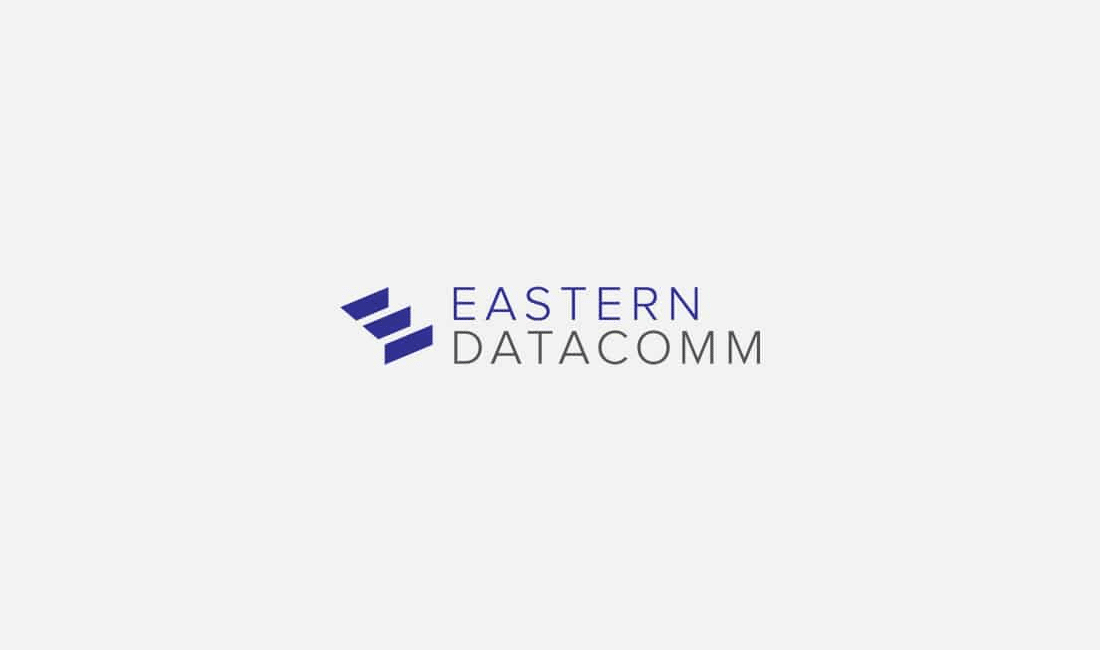8 Factors to Consider When Implementing a Cloud Phone System
In a previous post, we discussed why more organizations are moving their phone systems to the cloud and what to look for in a cloud phone system. More than cost savings, a cloud phone system offers more control and flexibility, simpler management, the ability to add or remove users and services as needed, access to advanced features and applications, and built-in redundancy and disaster recovery.
Despite the benefits, adopting a cloud phone system is not a risk-free proposition. Implementing and using a cloud service is relatively simple, but aligning a cloud phone system with business operations and goals to maximize ROI is a complex process that requires a well-defined plan.
Here are eight factors to consider when moving your phone system to the cloud.
- User Experience. What applications and features do users need to become more productive? What are their priorities? Do different groups of users need different tools and services? Engage employees throughout the process to ensure the solution you choose is a good fit.
- Long-Term, Strategic Planning. Most organizations use a cloud phone system with other applications and services from multiple vendors. In addition to an implementation plan, there needs to be a roadmap in place to ensure disparate platforms can be integrated and performance can be holistically managed.
- Technology Evaluation. It’s tempting to choose the cheapest solution or even the one that seems easiest to use. However, cloud phone solutions must be evaluated based on business and communications requirements. This will ensure the system you choose has your must-have features, as well as valuable features you may choose to add down the road.
- A Phased Migration. As we mentioned in the previous post, you don’t have to move everything to the cloud at once. Migrating to a cloud-based phone system in phases allows you to move small groups of users and/or services to the cloud and gradually increase as you work out the kinks with minimal disruption.
- Assessment and Testing. What is the current state of the user experience and performance? What will the minimum benchmark be after implementation of a cloud phone system? Will your IT environment be ready to support phone features in the cloud today and in the future? Assess and test before, during and after deployment as needs evolve.
- Performance and Quality Monitoring. Proactively troubleshooting and addressing issues will help you avoid disruption to business operations and the user experience. Data from a variety of sources will need to be collected and correlated to maintain high levels of performance and quality.
- Application Integration. Users must be able to access all applications in a cloud phone system through a single interface. Otherwise, you’re asking for inefficiency and management complexity that can negate some cloud benefits. Make sure the applications you choose can integrate with other platforms.
- Security, Compliance and Business Continuity. A cloud provider should be able to prove to you that your data and applications will be secure and minimum compliance requirements will be met. The provider should also have a documented business continuity plan in case of an emergency.
Do not underestimate the skills and resources required to migrate to the cloud and meet ROI and productivity expectations. In most cases, this is not a do-it-yourself project, and it’s never a learn-as-you-go project.
Eastern DataComm can provide the expert guidance you need to successfully implement cloud solutions. Let us help you assess your existing infrastructure, develop a migration plan, and evaluate solutions to take full advantage of the benefits and minimize risk.













